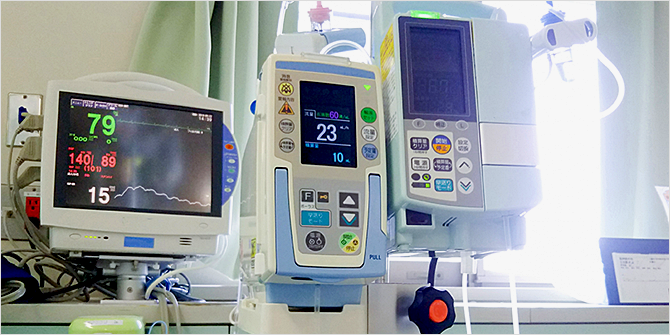Spend time in the patient-care areas of any hospital or clinic and you’ll hear it: a near-constant stream of beeps coming from the audible alarms on medical equipment and healthcare devices.
Spend enough time in patient-care areas and you might not hear the beeping at all…not because it stopped, but because your ears became immune and all those alarms faded into white noise.

Estimates show 85-95% of all alarms in a healthcare environment don’t require intervention. But as nurses’ and other caregivers’ ears become desensitized—a phenomenon known as alarm fatigue—patients’ lives could be put at risk. Assuming all alarms are false alarms can create a dangerous delay in response. But responding to every alarm that sounds diverts a caregiver’s attention from true medical emergencies.
ECRI Institute, a non-profit organization dedicated to improving patient care, lists alarm hazards as the top health-device technology hazard. The Joint Commission, an independent not-for-profit that accredits and certifies healthcare organizations and programs in the U.S., has made alarm management a National Patient Safety Goal.
One solution toward critical alarm management and creating a quieter environment for the benefit of patients and staff alike is to mute alarms that are not essential to patient care. Silencing non-actionable alarms reduces alarm fatigue and occupational stress on hospital staff, enabling them to focus on performing critical patient-care responsibilities.
The benefits go far beyond reducing stress on the staff: silencing non-actionable alarms helps to ensure patients are not disturbed by non-critical devices. In a quieter environment, patients can get the healing rest they need…just what the doctor ordered.
To answer that call, Tripp Lite offers medical-grade UPS systems with alarm mute/alarm quiet modes, helping to ensure patients are not disturbed when the device—rather than the patient—needs attention.





